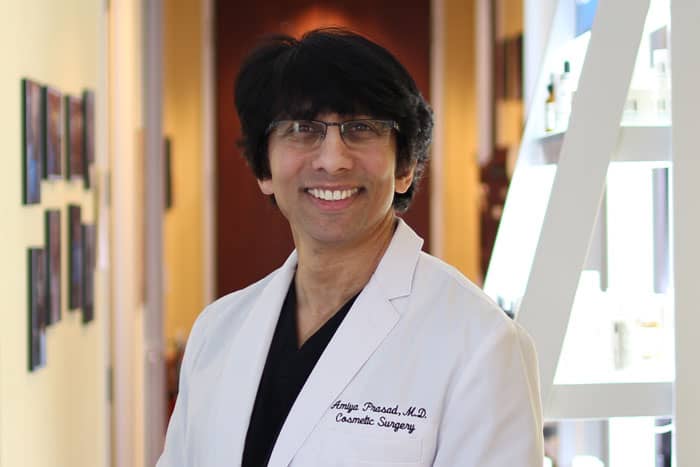How Safe is Laser Treatment?
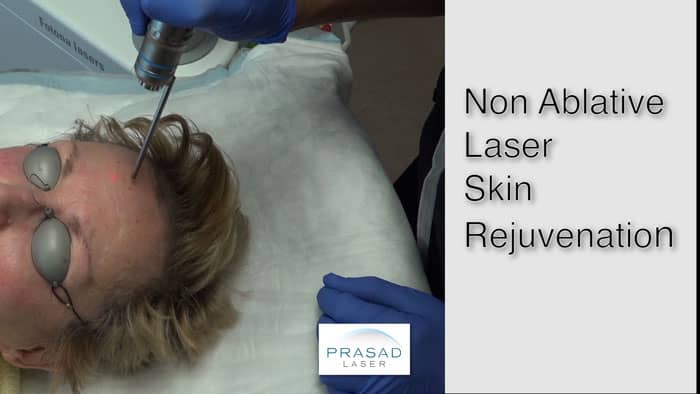
Lasers and other thermal treatments are used to stimulate collagen production, which improves the appearance of your skin. Although laser technology has evolved to lessen the danger of problems, the value of knowledge and experience among higher-level practitioners cannot be overemphasized. It’s become routine for me to see patients whose skin has been overtreated with aggressive heating, resulting in their skin appearing more aged.
It is well-known that complications might occur even with a highly competent practitioner. I frequently meet patients who choose a particular device-based treatment based on a non-physician’s recommendation utilizing a “cookbook approach”, only to discover later that there were specific issues not included into their treatment that turned out to be important.
I’ll explain how I help patients with cosmetic skin issues in my practice, including how I integrate device-based treatments with other therapies to limit risk, and maximize results.
I’ve been using lasers since the first fully ablative CO2 lasers were launched in the mid-1990s. I have a variety of lasers in my practice, including fractional CO2 and Erbium lasers, as well as Nd:YAG and Q Switch lasers. I utilize radiofrequency treatments, such as Pelleve on skin types that cannot be safely treated with lasers. I was an early adopter of PRP (platelet-rich plasma) for collagen induction therapy and skin quality improvement.
Lasers, thermal energy devices, and therapies such as microneedling all use a controlled injury model to induce collagen formation for skin rejuvenation. Collagen is a key protein that gives skin shape and strength. New collagen production can firm and tighten skin, treating aging issues such as wrinkles and skin laxity. In recent years, an increasing number of devices have been introduced to the general public as alternatives to surgical treatments like facelift surgery.
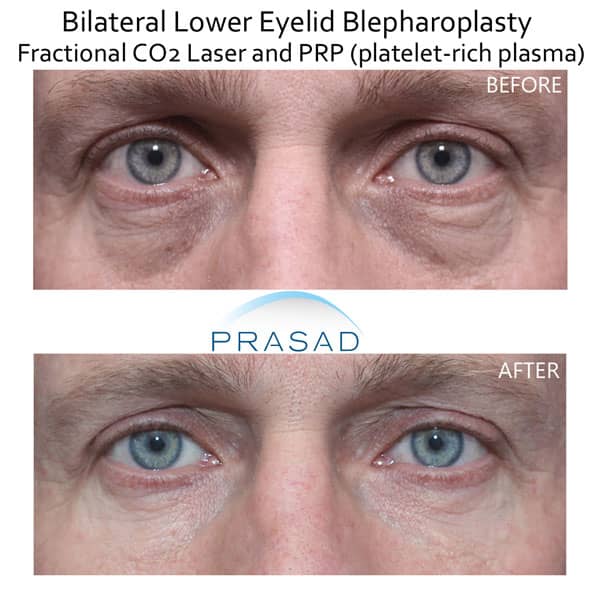
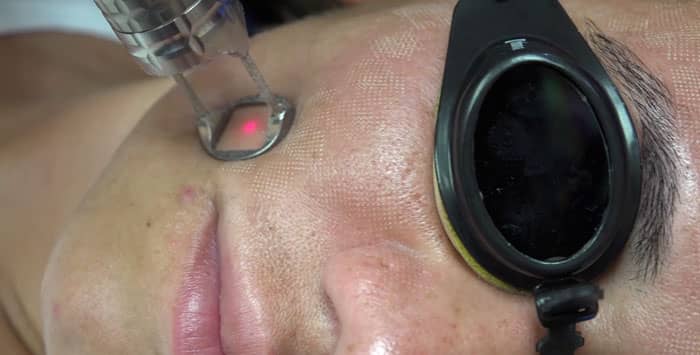
These devices are intended to stimulate collagen formation by heating the skin to a key temperature for a set amount of time. The presumption is that the person being treated has the ability in their skin to create the required amount of collagen.
Importance of Tailored Assessment to Laser Treatment
In my opinion, this assumption needs to be more critically examined. Specific details in an individual’s history such as previous cosmetic medical procedures, including other laser treatments are very important in determining the potential benefits of an additional laser procedure.
The patient’s medical history and current medications should be considered when planning any treatment, including cosmetic laser treatment. I also examine my patients’ skin to see whether the critical issue is confined to wrinkles and skin laxity, or if it includes other problems such as UV damage that causes skin discoloration. I believe it is critical to realize that the skin has a physiology similar to that of any other vital organ in the body, and that your lifestyle affects your skin in the same manner that it affects your heart, lungs, and liver.
I often compare skin rejuvenation to resistance training for muscle building. If you exercise appropriately, you encourage muscular growth and support it with nutrition. Overstressing your muscles increases your risk of injury, so this similar idea, applies to your skin. In the context of aging skin, where 1% of collagen is lost per year beginning at the age of 25, my strategy is to be less aggressive and combine therapies to encourage collagen formation while reducing the risk of problems.
Maximizing Laser Treatment Results with PRP
I frequently perform fractional CO2 laser operations in conjunction with the use of PRP or platelet-rich plasma. A laser is used to stimulate collagen formation following a controlled injury model. PRP also stimulates collagen formation without causing an injury.
I’m not arguing that PRP is a replacement for laser, but in my experience, the combination of less aggressive laser and PRP to boost collagen synthesis has been really effective for my patients. Taking it a step further, PRP can be combined with hyaluronic acid in a technique known as Skin Boosting.
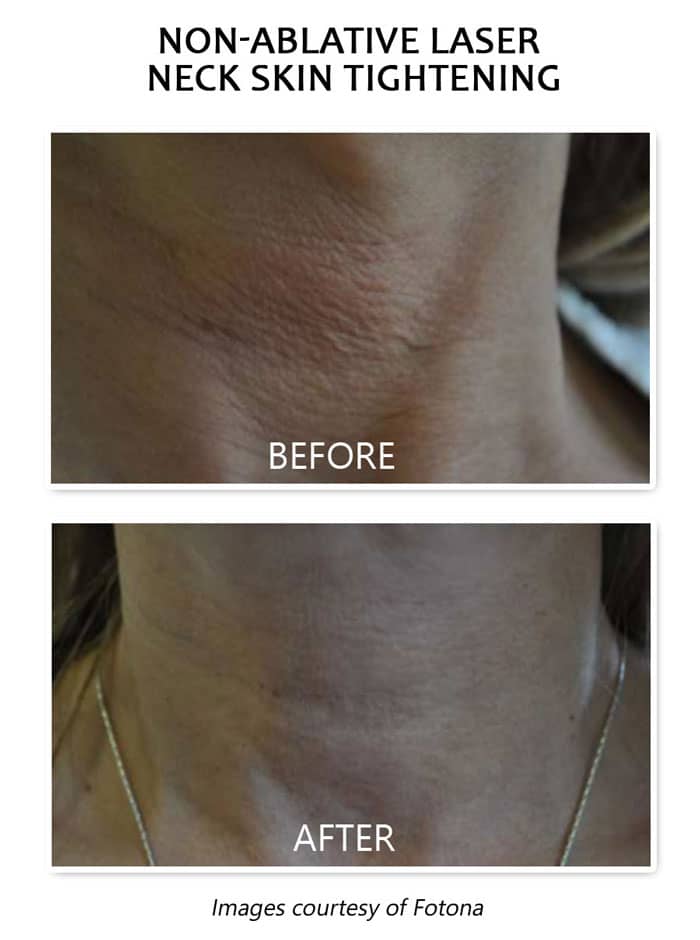
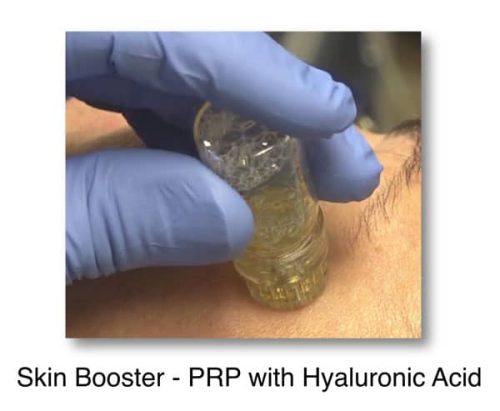
This is where a combination of PRP and hyaluronic acid given to the dermis (the backbone of your skin) can be extremely successful without causing harm to the skin. Similar to my comparison to muscle building, benefits could be built up with repeated sessions.
As previously stated, skin discolorations are frequently associated with collagen loss in the skin caused by sun exposure and aging. I frequently do a therapy known as Laser Skin Toning, which is a non-ablative treatment combined with Skin Boosting.
In contrast to an ablative operation, the outermost layers of skin are left intact, so the patient has no downtime and can return on a regular basis without affecting their routine.
Conclusion
There are many new and interesting aesthetic treatment devices on the market. In my opinion the financial incentives driven by the high cost of marketing and leasing of these devices results in overselling these treatments to people who are not appropriate candidates. It’s a very slippery slope when people looking to avoid surgery go to a medical retailer selling a procedure that’s represented as an alternative to facelift surgery.
Very often, a person who has had the treatment does not get the results they expected, and the practitioner who sold them the therapy increases the amount of heat applied to the skin, resulting in worsening skin laxity and thinning of the skin.
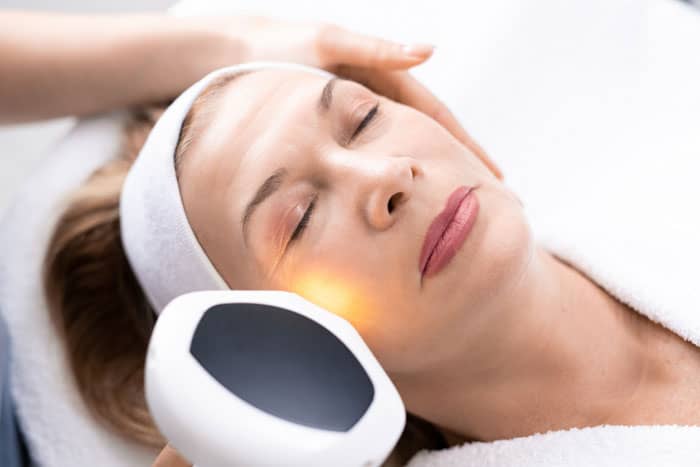
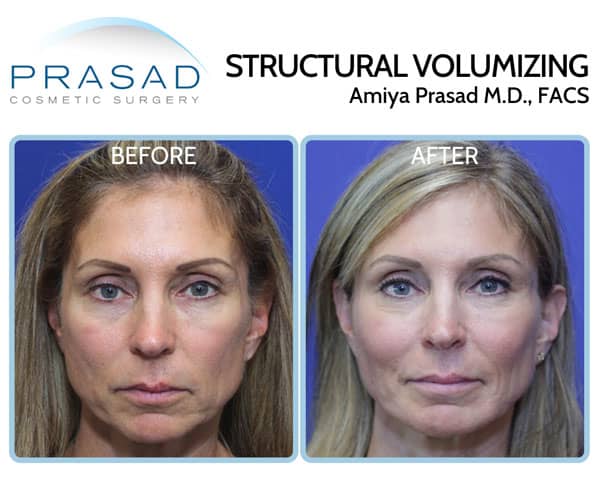
The same person would have probably been better served non-surgically with a procedure like Structural Volumizing with long-lasting hyaluronic acid fillers, Again, both the patient and the practitioner assumed that facial aging was restricted to their skin, failing to consider the considerable impact of bone volume loss. The phrase “to the person with the hammer, everything is a nail” is appropriate here.
The takeaway message is that facial aging involves more than just skin tightening, and that a thorough evaluation by an unbiased specialist may help you prevent complications from overhearing, and overexposure. Strategically combining low-risk and successful procedures can help you look your best at any age. I hope this information from my experience was helpful to you.
Medi Spa in Manhattan, NYC and Long Island, New York
Dr. Amiya Prasad is a Diplomate of the American Board of Cosmetic Surgery, and Fellowship-trained oculofacial plastic and reconstructive surgeon. He’s been in practice in New York City and Long Island for over 25 years.
If you’re interested in recommendations for your individual situation, fill the form below or contact any of our offices: (212) 265-8877 for Manhattan, (516) 742-4636 for Garden City Long Island Office, or (703) 356-1336 or (703) 821-2683 for Vienna, Virginia to schedule a consultation.

